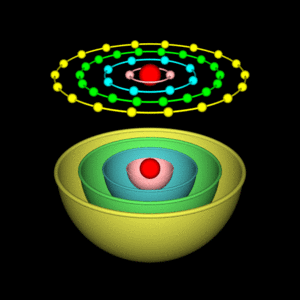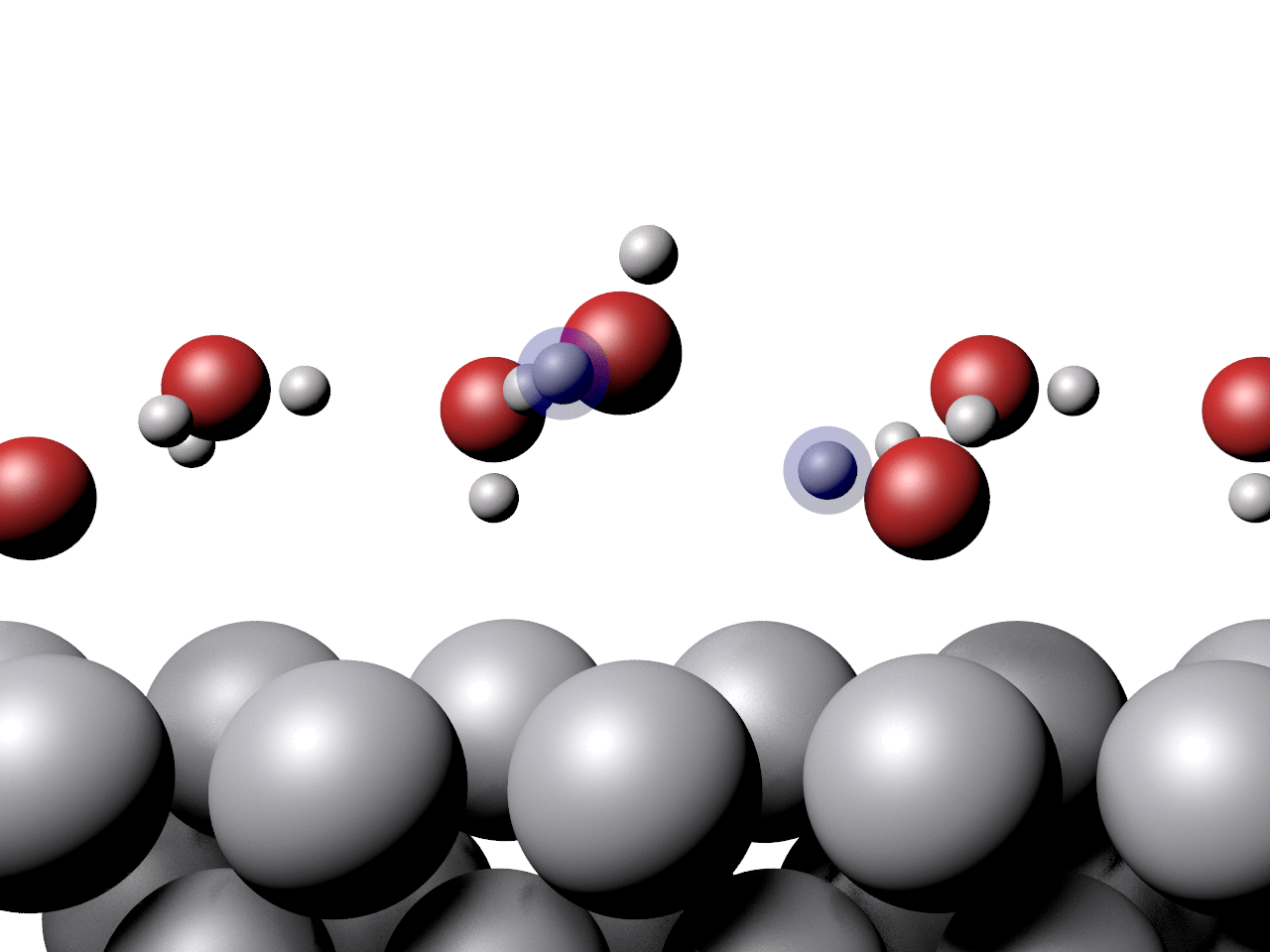Department of nano reactors and (electrical conduction)
A complete review (structure and introduction of division) of nano reactors and how they conduct electricity
Researcher and author: Dr. ( Afshin Rashid)
Note: In general, nanoreactors can be divided into two groups: natural and synthetic nanoreactors. The first group has a more selective function and at the same time a more complex structure, while the second group has more variety and a simpler structure.
Natural nanoreactors of cells and cell organelles, which are considered the most ideal nanoreactors, have lipid membranes.
These nanoreactors are selectable. This means that they are able to distinguish between different molecules and allow only certain molecules to enter their internal cavity. In addition to selectivity, cells also have sensitivity by having pores in the membrane that open and close with external stimuli such as pH changes. Selectivity and sensitivity are the characteristics of all natural nanoreactors and are used in the production of nanosensors.
Synthetic nanoreactors
Synthetic molecules are simpler nanoreactors that can be controlled more easily than natural ones. Synthetic reactors have more diversity and a simple structure, and various molecules and macromolecules are used to prepare nano synthetic reactors. From synthetic nanoreactors, molecular nanoreactors, porous solid materials, nanotubes, shell-core nanostructures, and mini-emulsions can be mentioned. Although protein shells are unique natural structures for catalyzing reactions at the nanometer scale, these compounds are very complex.
Synthetic molecules of nanoreactors
Synthetic molecules are simpler nanoreactors that can be controlled more easily than natural ones. Synthetic reactors have more variety and a simple structure, and various molecules and macromolecules are used to prepare synthetic nanoreactors, an example of these nanoreactors that has selectable and temperature-sensitive branches as a catalyst Homogeneous has been used in the oxidation of thiols, the synthetic reactors have more variety and simple structure, and various molecules and macromolecules are used to prepare synthetic nanoreactors.
Conclusion :
Nano-structured materials with electrical conductivity enable the production of cheap and portable biosensors and biological detectors . These substances can be considered as warning signs and therefore can be used in hazardous environments. Tracking single molecules by photon detectors is another example of nano-microelectronic applications in life sciences.
Researcher and author: Dr. ( Afshin Rashid)
Specialized doctorate in nano-microelectronics






